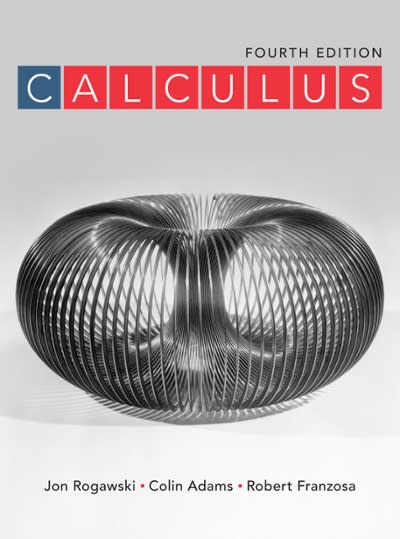Let b > 0 and let (x) = F(xG(b)) with F as in Exercise 117. Use Exercise
Question:
Let b > 0 and let ƒ(x) = F(xG(b)) with F as in Exercise 117. Use Exercise 116 (f) to prove that ƒ(r) = br for every rational number r. This gives us a way of defining bx for irrational x, namely bx = ƒ(x). With this definition, ƒ(x) = bx is a differentiable function of x (because F is differentiable).
Data From Exercise 117
Use Exercise 116 to prove the following statements.
(a) G has an inverse with domain R and range {x : x > 0}. Denote the inverse by F.
(b) F(x + y) = F(x)F(y) for all x, y. It suffices to show that G(F(x)F(y)) = G(F(x + y)).
(c) F(r) = Er for all numbers. In particular, F(0) = 1.
(d) F(x) = F(x). Use the formula for the derivative of an inverse function.
This shows that E = e and that F(x) is the function ex as defined in the text.
Data From Exercise 116
G(ar) = rG(a) for all a > 0 and rational numbers r.
Step by Step Answer:






